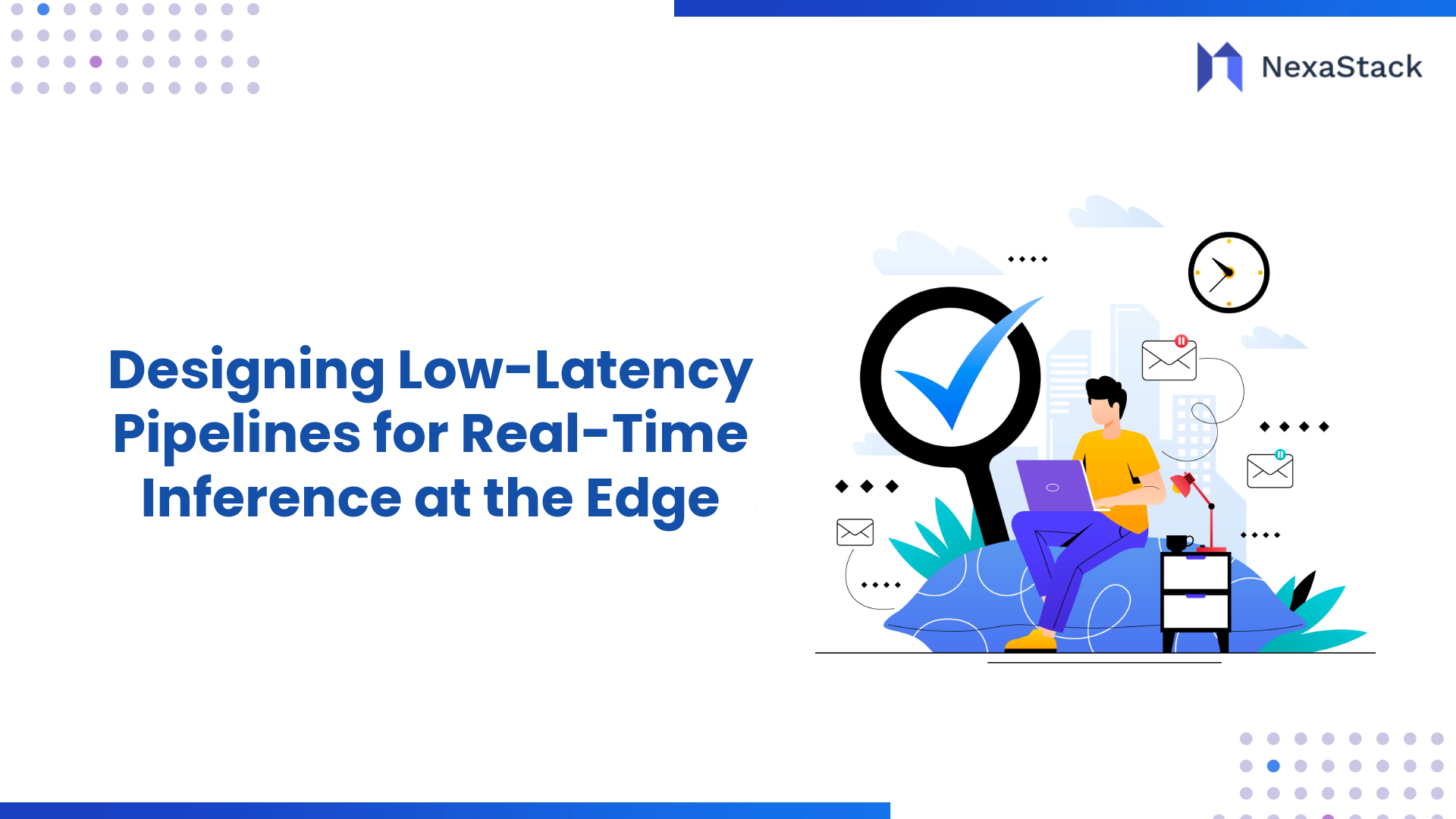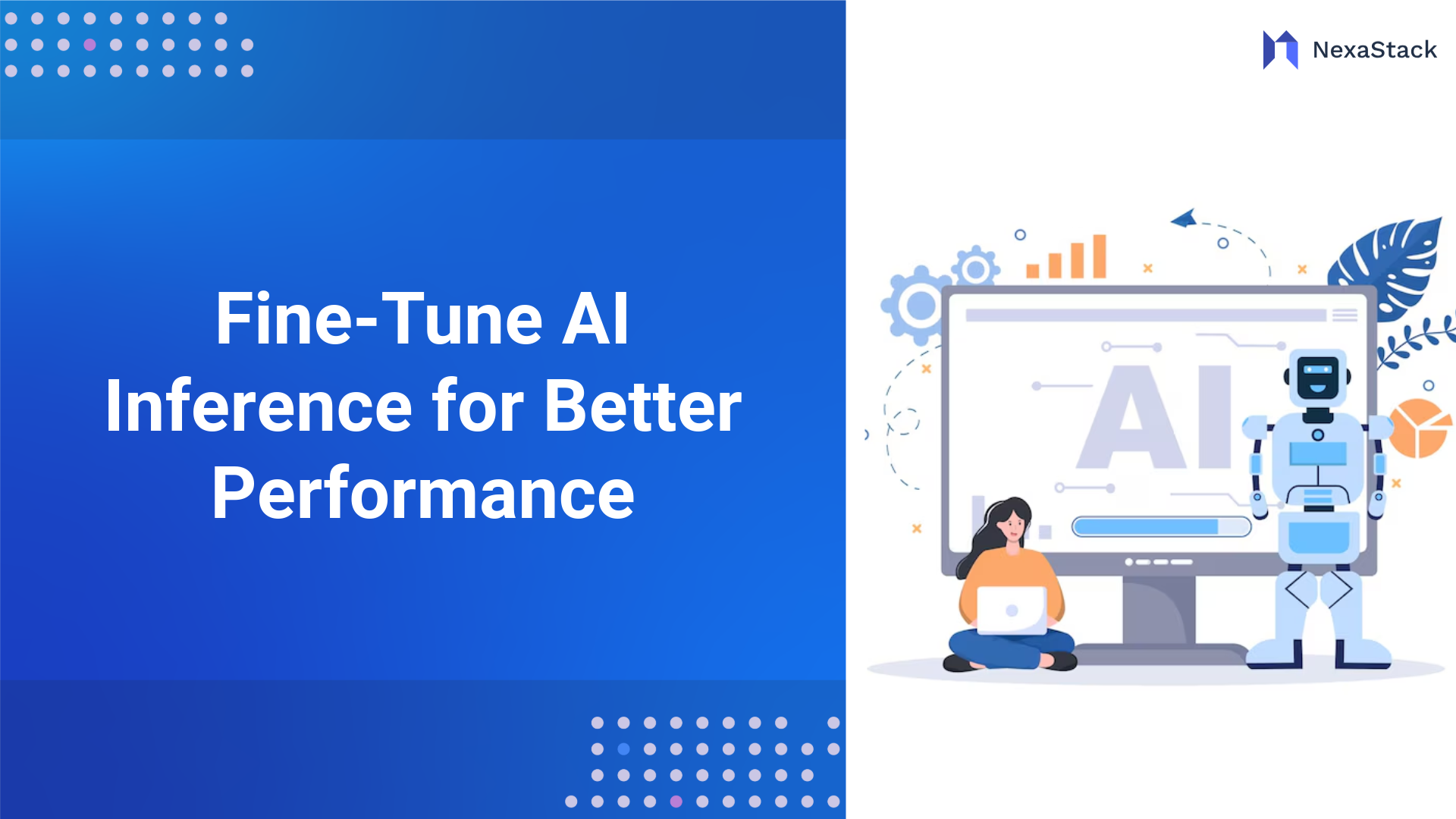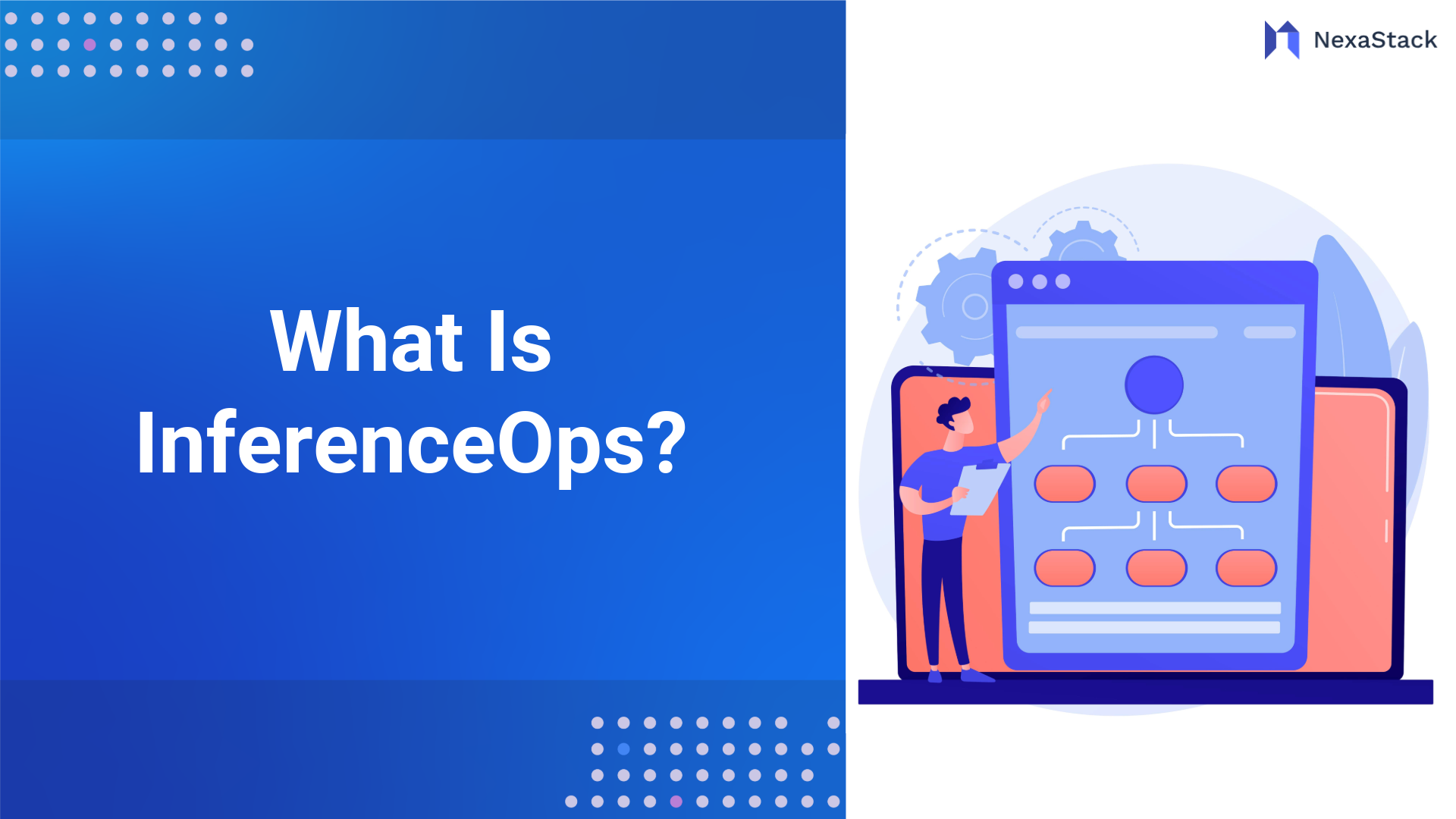Success in today's business climate isn't about creating an excellent product; it's about how well your organisation can keep and apply its knowledge. How fast can your team get to the correct data? How well do you pass on knowledge across departments? The more effectively you can organise and utilise your firm's knowledge, the more competitive you'll remain.
One of the technologies picking up steam in this arena is Retrieval-Augmented Generation (RAG). Don't worry if that sounds like techno-jargon—it's a means of smarter, faster, and more intuitive knowledge management. It takes old-school knowledge management systems and infuses them with AI capabilities, enabling your team to retrieve the correct information at the proper time, regardless of where it resides.
In this blog, we will discuss how RAG can transform how companies deal with knowledge and how it can position you ahead of the competition by making your operations more efficient and your decision-making more informed.
Building a Solid Foundation: Knowledge Architecture
Let’s start with the basics: your knowledge architecture. Think of it as the structure that organises all the information in your company. It includes everything from customer feedback and product specifications to internal memos and market research.
The challenge is that, without the right systems in place, this information can become overwhelming or, worse, buried in email chains or scattered across different software tools. RAG solves this problem by organising and making all your data easily accessible.
With RAG, instead of searching through dozens of folders or waiting for someone to email you the report you need, you can ask a system to pull up the relevant information in real-time. It's a lot like having a super-efficient virtual assistant who knows exactly where to find what you're looking for, no matter how scattered the data might be.
RAG Workflow
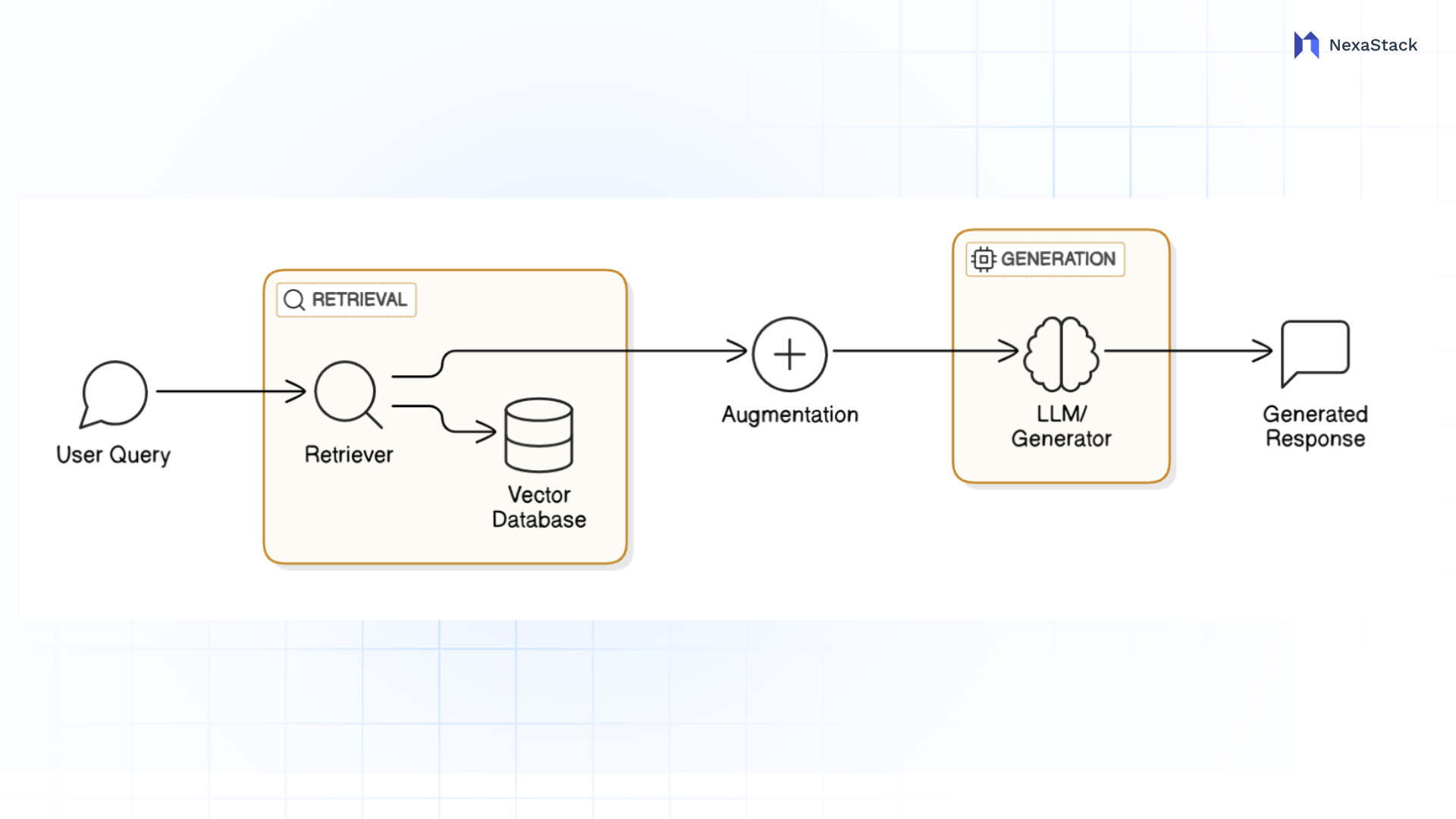 Figure 1: RAG Workflow
Figure 1: RAG WorkflowA typical RAG system (depicted in the diagram below) handles three key data-related components:
-
An LLM that has acquired knowledge from the data it has been trained with, typically millions to billions of text documents.
-
A vector database, also called a knowledge base, stores text documents. But why the name vector database? In RAG and natural language processing (NLP) systems, text information is transformed into numerical representations called vectors, capturing the semantic meaning of the text. Vectors represent words, sentences, or entire documents, maintaining key properties of the original text such that two similar vectors are associated with words, sentences, or pieces of text with identical semantics. Storing text as numerical vectors enhances the system’s efficiency, such that relevant documents are quickly found and retrieved.
-
Queries or prompts formulated by the user in natural language.
Strategic Implementation
The implementation process across the company needs discussion. RAG implementation demands careful planning and thought before it can be activated. Your initial step should be to assess your present system. Your current approach toward knowledge management functions in what way? Employees should easily discover all required business information without obstacles.
The organization maintains separate information silos that prevent team-to-team data sharing. Understanding the present system operations allows you to determine RAG's most effective implementation areas.
The next step involves merging all available data into one system. The system should be designed to extract information from every data source, including CRM data, internal documents, and customer service logs. It becomes more effective by including a wide range and a whole variety of data within the system.
Before implementing the platform, support from various teams must be recruited. RAG delivers its highest effectiveness when every workforce member adopts its utilisation. Early engagement of employees across departments will enable you to determine practical problems that RAG can streamline and simplify workplace activities.
Cross-Departmental Integration
One of the biggest challenges in large companies is departmental silos. In many organisations, teams don’t always communicate effectively with each other. Marketing may have excellent customer insights, but that information might not make it over to the product development or sales teams in time. Similarly, the sales team may have feedback that could benefit the customer service department, but it is never shared.
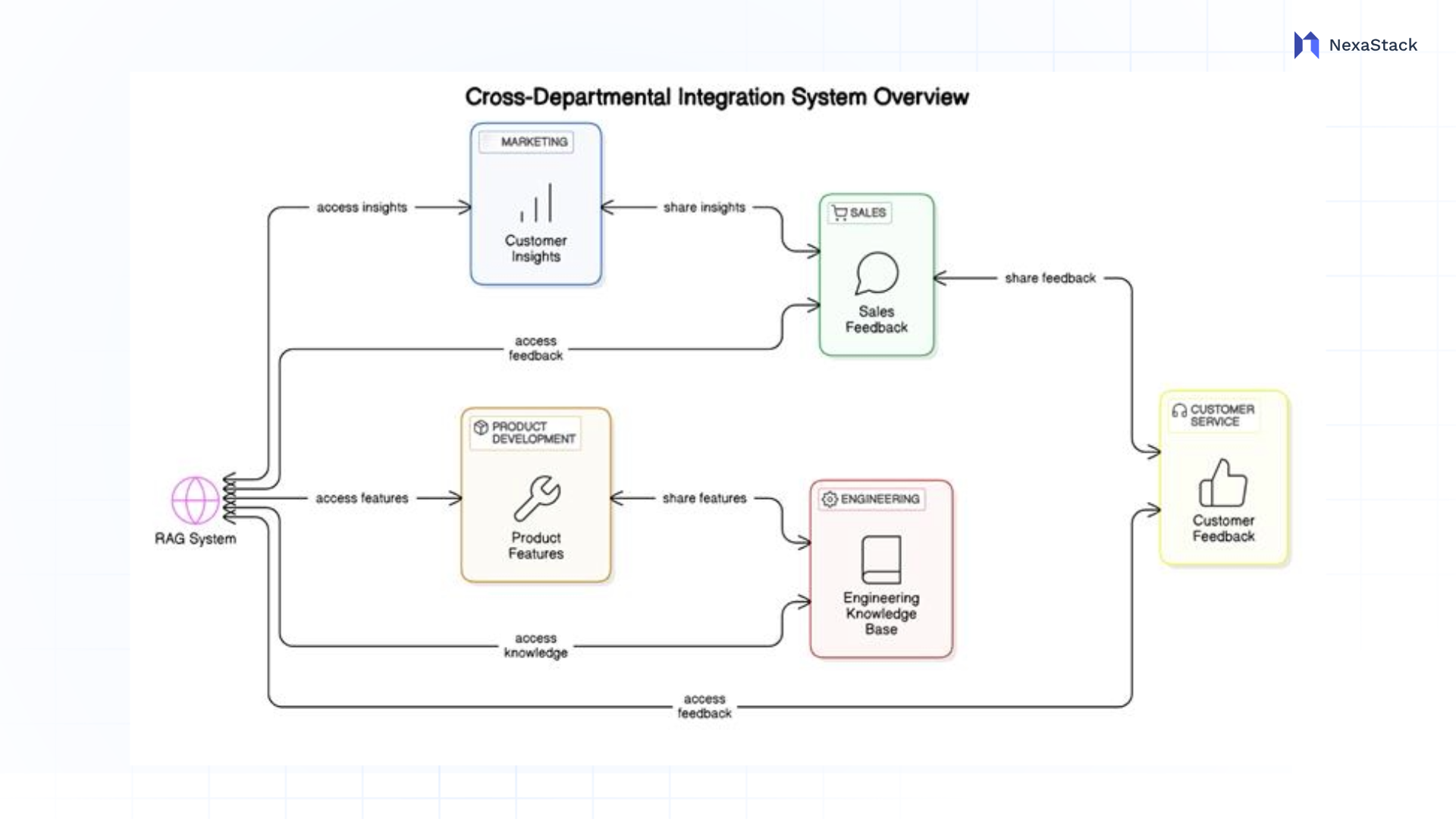 Figure 2: Cross-Departmental Integration
Figure 2: Cross-Departmental Integration This is where RAG shines. When you bring it into your knowledge management system, it helps break down these silos by ensuring that everyone—no matter their department—has access to the same information. Imagine a salesperson needing information about a product feature. With RAG, they can instantly pull up details from the engineering team’s knowledge base without asking for it. Everyone is on the same page, working from the same data.
With this kind of cross-departmental sharing, you’ll see a more collaborative environment, where teams solve problems and make decisions faster. It’s no longer about chasing down information from one department to another—it’s about instant access.
Keeping Your Data Safe: Security and Compliance
Of course, with excellent knowledge management comes great responsibility, especially regarding security. Businesses today deal with sensitive data, from customer details to proprietary company information. Protecting that data should be a top priority.
With RAG, you don’t have to worry about all this being at risk. The system can be set up to control access carefully. This means only the right people can access sensitive information. For example, a marketing employee might be able to pull up customer data, but they wouldn’t have access to financial reports unless authorised.
RAG also helps with compliance. If your business is subject to regulations like GDPR, HIPAA, or other data privacy laws, RAG can help by automatically tracking who accesses data and how it’s used. This means you can ensure your organisation stays compliant with less manual effort.
Tracking Success: Performance metrics
Now that RAG is running, how do you know if it’s working? Performance metrics are key to understanding how well the system serves your business.
Here are some simple things to track:
-
Response time: Does the system supply requested information promptly? Your employees will use the time gained from quicker responses to focus on taking needed action instead of looking for information.
-
Accuracy: Are the presented details precise and applicable to the situation? When data accuracy improves, your employees will demonstrate higher system trust.
-
Employee usage: The system receives genuine employee use. However, if workers do not engage with it, it needs improvement through enhanced training programs or redesign to increase user-friendliness.
-
Knowledge retention: Is your team consistently adding new insights and data to the system? This shows that the system is being used as a living, evolving resource.
You can continually improve how RAG supports your business by monitoring these metrics.
Change Management: Managing the Transition
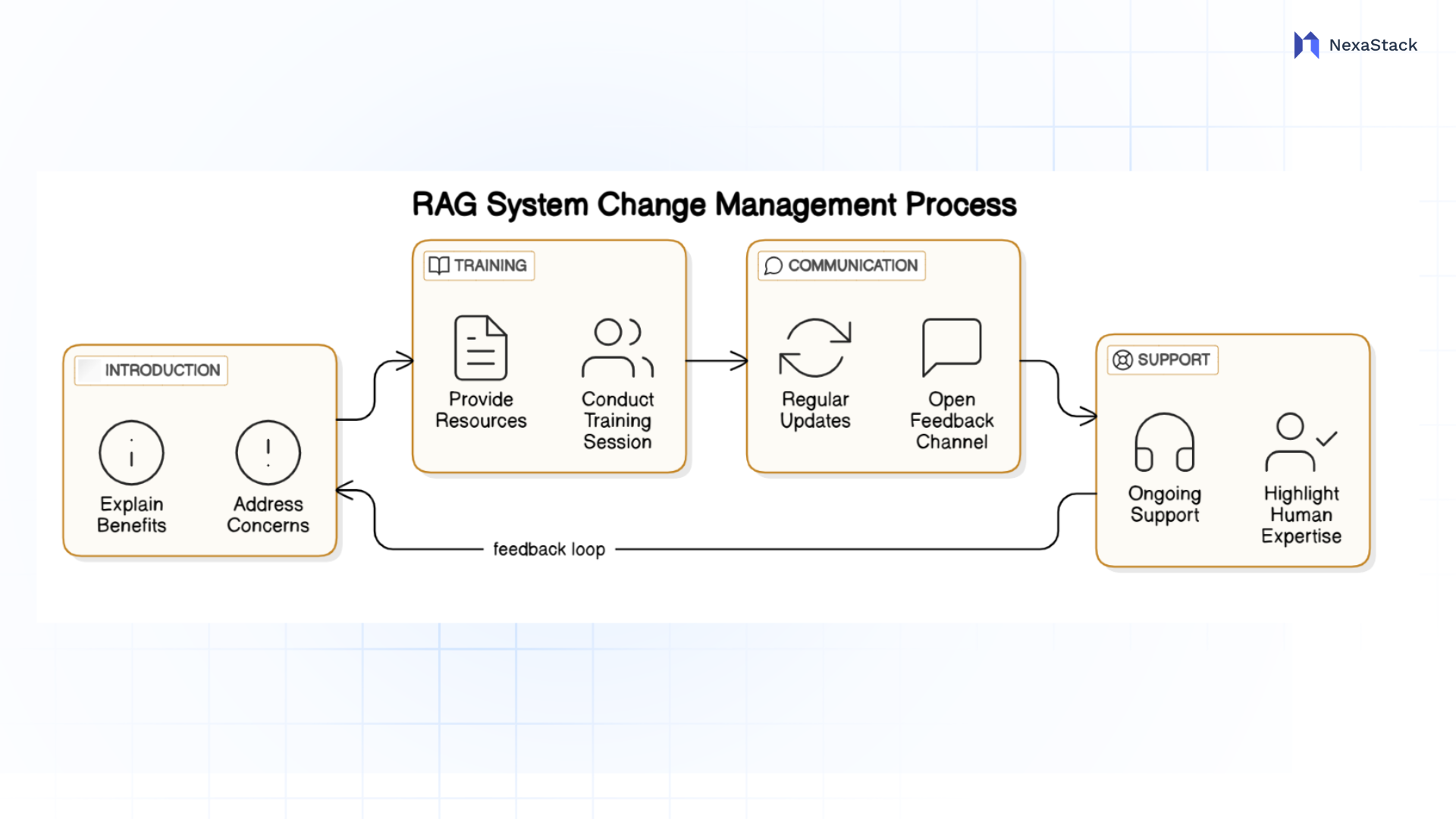 Figure 3: RAG System Change Management Process
Figure 3: RAG System Change Management ProcessIntroducing a new system like RAG isn’t just about technology—it’s about people. Some employees might be sceptical of AI or worry that it will replace their jobs. That’s why it’s so important to manage the change process carefully.
Start by explaining the benefits of RAG to your team. Show them how it will make their work easier, not replace it. Provide training so everyone feels comfortable using the system, and keep the lines of communication open. If your team feels supported and involved in the process, they will likely embrace the change.
It’s also important to highlight that RAG isn’t meant to replace human expertise but to enhance it. It’s a tool to help your team access the knowledge they need faster, so they can make better decisions and do their jobs more effectively.
Your company’s success depends on how well you manage your knowledge. Retrieval-augmented generation can help transform your knowledge management system into something much more powerful, helping your team access the right information from any department at the right time securely and efficiently.
By embracing RAG, you can improve your internal operations and differentiate your business in the marketplace. The more effectively you manage your knowledge, the better you’ll be able to respond to challenges, make informed decisions, and stay ahead of your competitors.
So, if you’re looking for a way to stay competitive, it’s time to consider leveraging more innovative knowledge management, and RAG might be the key to making that happen.
Next Steps with Retrieval-Augmented Generation
Talk to our experts about implementing compound AI system, How Industries and different departments use Agentic Workflows and Decision Intelligence to Become Decision Centric. Utilizes AI to automate and optimize IT support and operations, improving efficiency and responsiveness.

